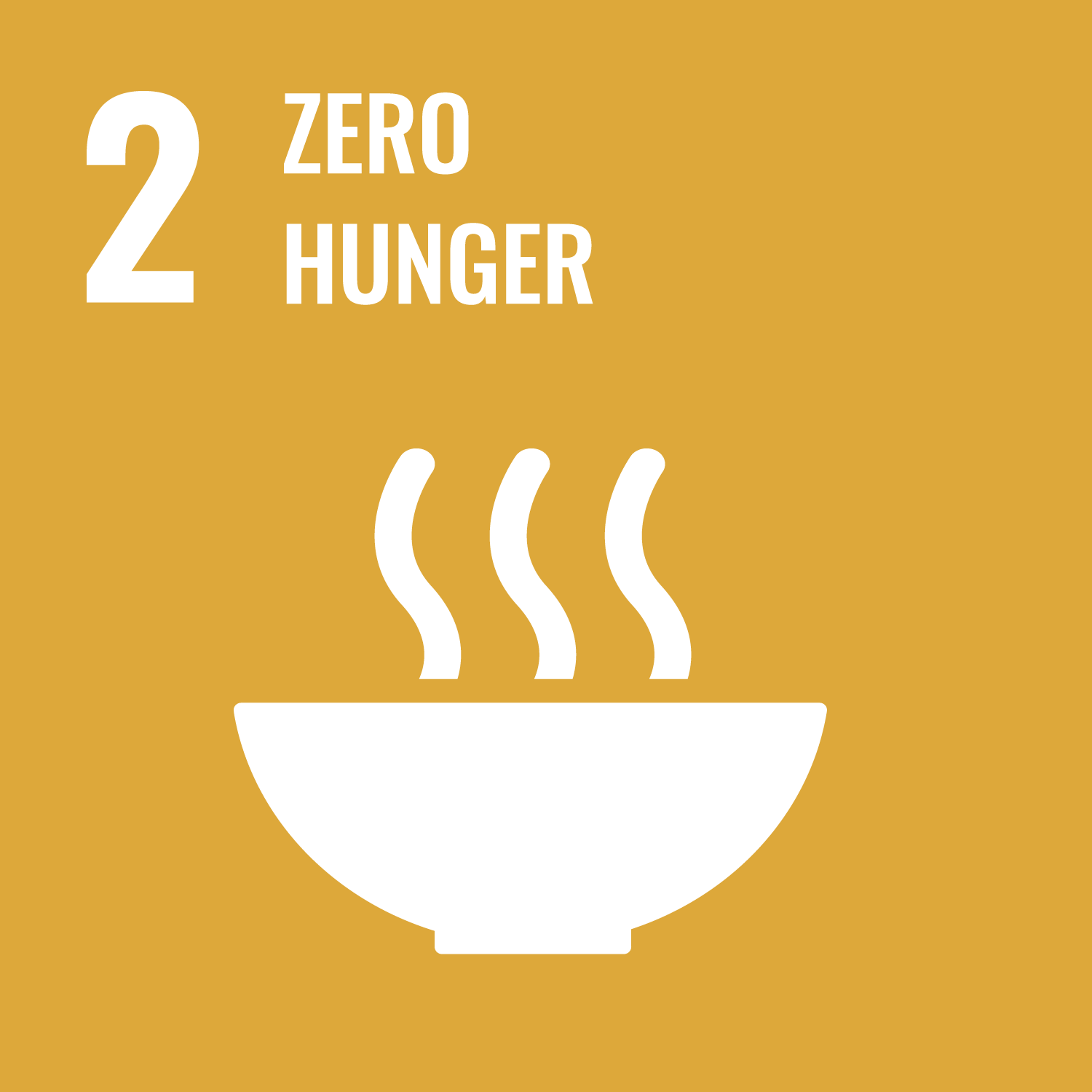Geris, Josie, Verrot, Lucile, Gao, L et al. (7 more authors) (2021) Importance of short-term temporal variability in soil physical properties for soil water modelling under different tillage practices. Soil and Tillage Research. 105132. ISSN: 0167-1987
Abstract
Soil properties are often assumed to be static over time in hydrological studies,especially in hydrological modelling. Although it is well appreciated that soil structure and its impact on hydraulic properties are time-variable, particularly on cultivated land, very few studies have focused on quantifying the influence of such changes on soil hydrology, especially at the short term (i.e. seasonal). This study explored the value of incorporating such short-term time-variable soil properties in hydrological models. It is based on soil hydraulic properties from temporal field data under no-till done by direct seeding and under conventional cultivation done by ploughing to 0.2 m and harrowing. It uses a controlled tillage experiment in Scotland, on a soil with very good structural stability that experiences gentle rainfall in a temperate oceanic climate (Köppen Cfb). Water retention data were collected from intact soil cores sampled at 0.025, 0.095 and 0.275 m depth at three times between April and August 2013; (i) immediately following tillage, (ii) at barley crop establishment 1 month later and (iii) after harvest. Soil structure varied over time, with no-till soils gaining porosity and ploughed soils losing porosity. We hypothesised that no-till soils would have less seasonal temporal variability, but found it to be comparable to ploughed soils, albeit with pore structure changes following different trends. These changes were reflected in Van Genuchten fitting parameters, which if accounted for in 1-D HYDRUS modelling, had a marked impact on modelled soil water content over time if contrasted to predictions assuming a static pore structure. Using data from multiple sampling events, as opposed to one sampling event, resulted in up to a 44% difference in soil water content predictions and increased the temporal variability by a factor of 1.5. Hence, our results have demonstrated that it is important to account for short-term temporal variability in soil physical properties in soil water modelling studies, and should not be ignored as a default, particularly on cultivated agricultural soils.
Metadata
| Item Type: | Article |
|---|---|
| Authors/Creators: |
|
| Copyright, Publisher and Additional Information: | © 2021 Elsevier B.V. All rights reserved. This is an author-produced version of the published paper. Uploaded in accordance with the publisher’s self-archiving policy. |
| Keywords: | AGRICULTURE,Hydrology,TILLAGE |
| Dates: |
|
| Institution: | The University of York |
| Academic Units: | The University of York > Faculty of Sciences (York) > Environment and Geography (York) |
| Funding Information: | Funder Grant number NATURAL ENVIRONMENT RESEARCH COUNCIL - NATURAL ENVIRONMENT RESEARCH COUNCIL NE/N007484/1 |
| Depositing User: | Pure (York) |
| Date Deposited: | 29 Jun 2021 14:20 |
| Last Modified: | 20 Sep 2025 01:32 |
| Published Version: | https://doi.org/10.1016/j.still.2021.105132 |
| Status: | Published |
| Refereed: | Yes |
| Identification Number: | 10.1016/j.still.2021.105132 |
| Related URLs: | |
| Sustainable Development Goals: | |
| Open Archives Initiative ID (OAI ID): | oai:eprints.whiterose.ac.uk:175720 |
Download
Filename: STILL_manuscript_Accepted.pdf
Description: STILL_manuscript_Accepted
Licence: CC-BY-NC-ND 2.5


 CORE (COnnecting REpositories)
CORE (COnnecting REpositories) CORE (COnnecting REpositories)
CORE (COnnecting REpositories)